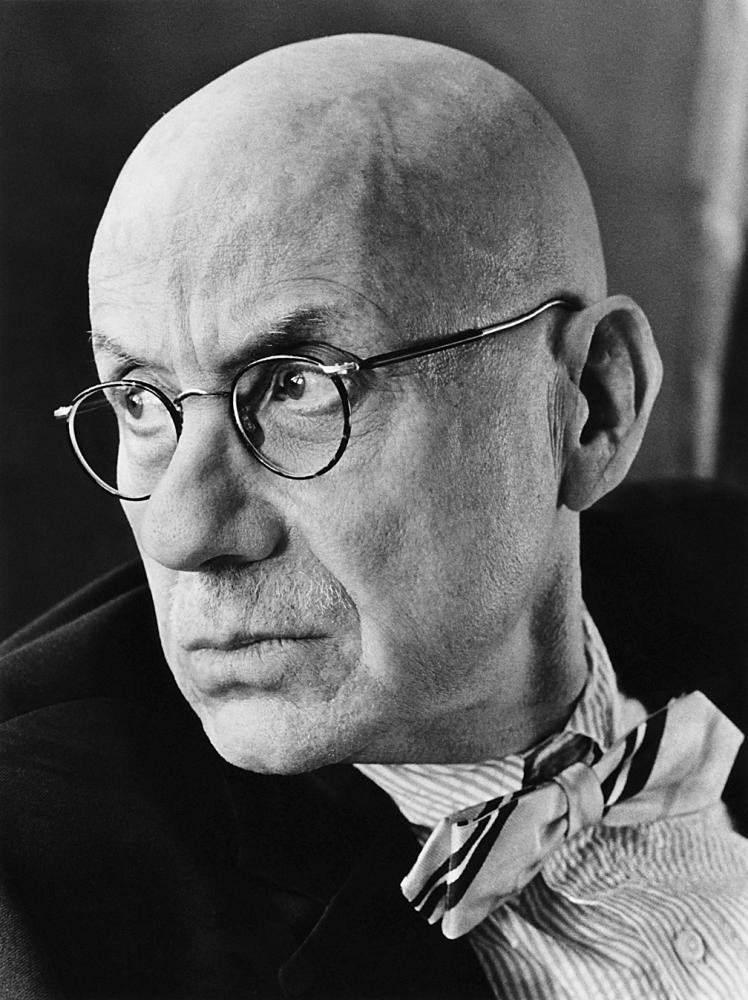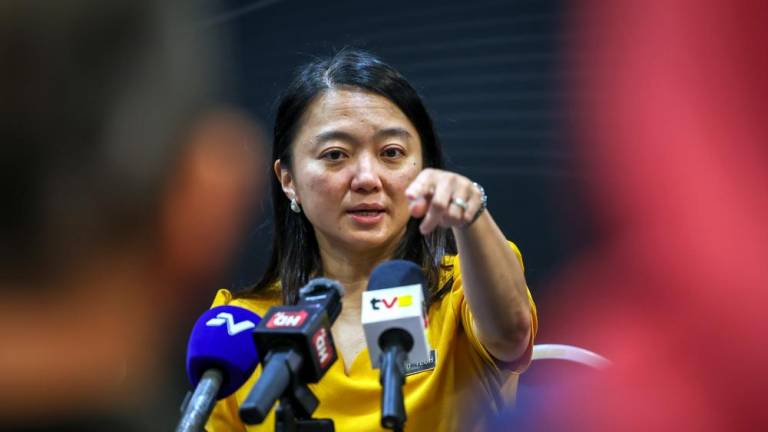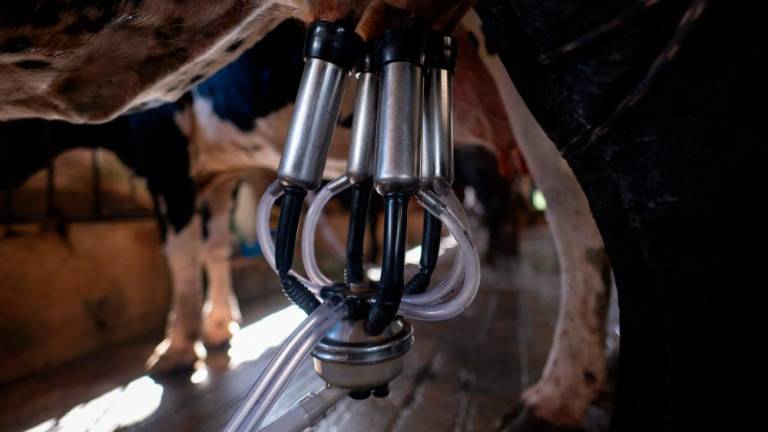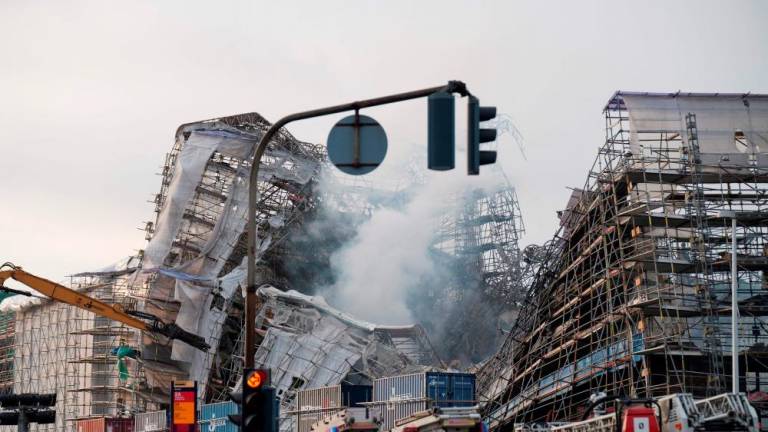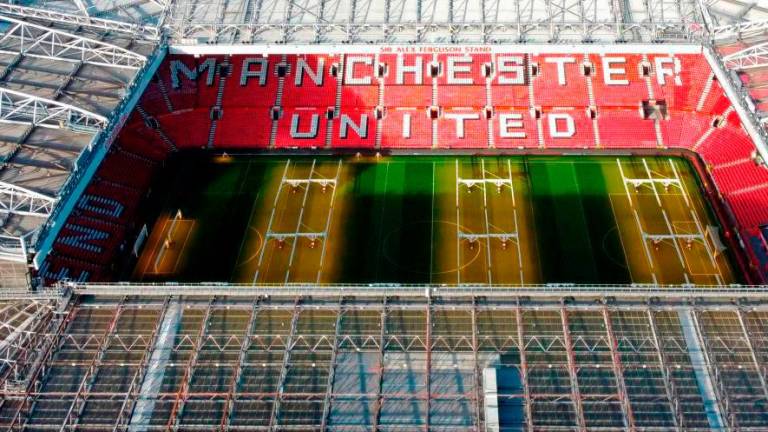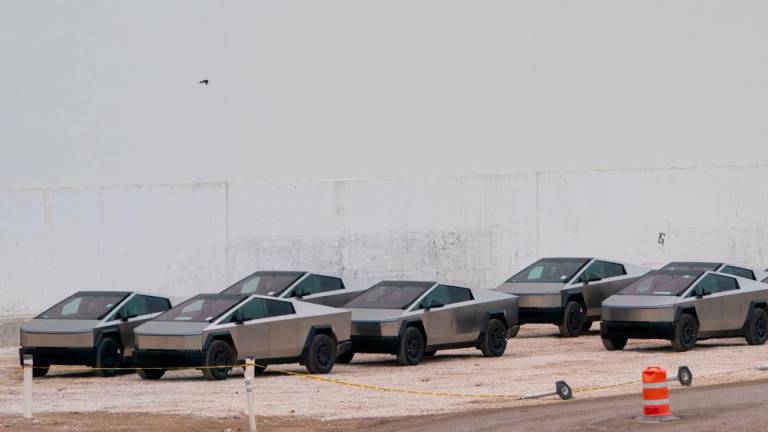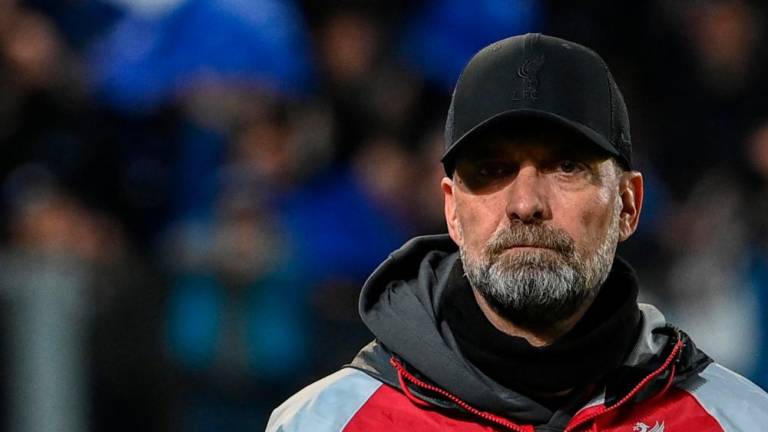CRIME fiction writer James Ellroy has left his mark in the literary world with novels such as The Black Dahlia, The Big Nowhere, L.A. Confidential, and White Jazz, in what is known collectively as his L.A. Quartet.
His other books include American Tabloid, The Cold Six Thousand (a bestseller), and Blood’s a Rover in his Underworld USA trilogy, as well as the standalone book, My Dark Places, based on his memories of his mother’s murder.
Ellory is now into his Second L.A. Quartet series that began with the 2014 Perfidia, which revolves around the investigation into the bloody deaths of the Watanabes, a Japanese family of four, 23 days after the Japanese attack on Pearl Harbour on Dec 7, 1941.
The main characters are bad cops William H. Parker and Dudley Smith; Hideo Ashida, a closeted gay forensic genius; and Kay Lake, a beautiful woman involved with a bad cop.
If some of those names sound familiar, it is because Ellroy has featured older versions of them in the first L.A. Quartet.
Perfidia’s follow-up, This Storm, is set during the first 48 days of 1942, when racism is thick in the air and Japanese-Americans are rounded up and interned in camps.
Meanwhile, a body unearthed in a park is linked to an unsolved gold heist from a decade earlier, which draws the interest of our wily and desperate protagonists.
Prior to the tele-conference interview with Ellroy, who was in London on a book tour, the press was warned that the author did not want to talk about politics.
Even when I tried to link what what took place in the US after the Pearl Harbour bombings to what is happening in the present, Ellroy steadfastly did not want to engage or link his story to the current political climate.
When asked how the idea to write the Second L.A. Quartet came about, Ellroy said: “I had an acting class in 2008 where I had a vision of forlorn-looking Japanese in an army transport bus, being hauled through a snow-covered mountain path to the Manzanar internment camp.
“In the wake of that flash, I had the entire idea, the entire concept for the entire Second L.A. Quartet, [including] Perfidia (the first book in the series) in detail. So you can call it a bolt from the blue.”
Looking at the characters, Hideo for example is both complex and interesting, for despite his expertise, he has a target on his back not only because of his race but also because of his sexuality. The story is set in a time when either one of these aspects could get him killed.
“The thing about Hideo is that he is a genius, and he is a well-assimilated Japanese-American. His people were Shinto [by religion], and he had all the benefits of a Protestant education.
“He is a man of belief, he is a man of deep hidden secrets, and he is profoundly curious about human beings’ abnormal pathology, and why people do the sometimes horrific and terrible things that they do.
“Then his crazy countrymen bomb Pearl Harbour and put Hideo in the s**t. And this is the stuff of drama.
“How much jeopardy can a human being withstand, and what lengths would we go to sort our way out of this s**t?”
Hideo, as Ellroy pointed out, is only 24 in both Perfidia and The Storm. That explains his sometimes naive view of the world.
As for Kay, who featured prominently in several of his books, Ellroy said: “To begin with, she is a very jazzy young woman, she is funny, she is outrageous, she is promiscuous, she is compromised.
“Morally, she has an enormous heart, she has an enormous intellect and an enormous will.
“She is a gas. She has a lot of nice clothes, she is cool, she’s got a nice car, she is full-full of wisecracks and she is hard as nails, too.”
Ellroy has a tendency to make his main protagonists bad cops.
When asked if he thinks flawed heroes make the best heroes, the author said: “I wouldn’t call them flawed. I would call them ‘engaging’, in ways that take some getting used to. Flawed cops is an old concept.
“These are my guys,” he added, referring to Dudley and William. “They wouldn’t be in my books if I didn’t love them.”
As for the upcoming third book of the series, Ellroy said: “[It] will begin in August 1942, four months after This Storm, and go into the following summer.”



